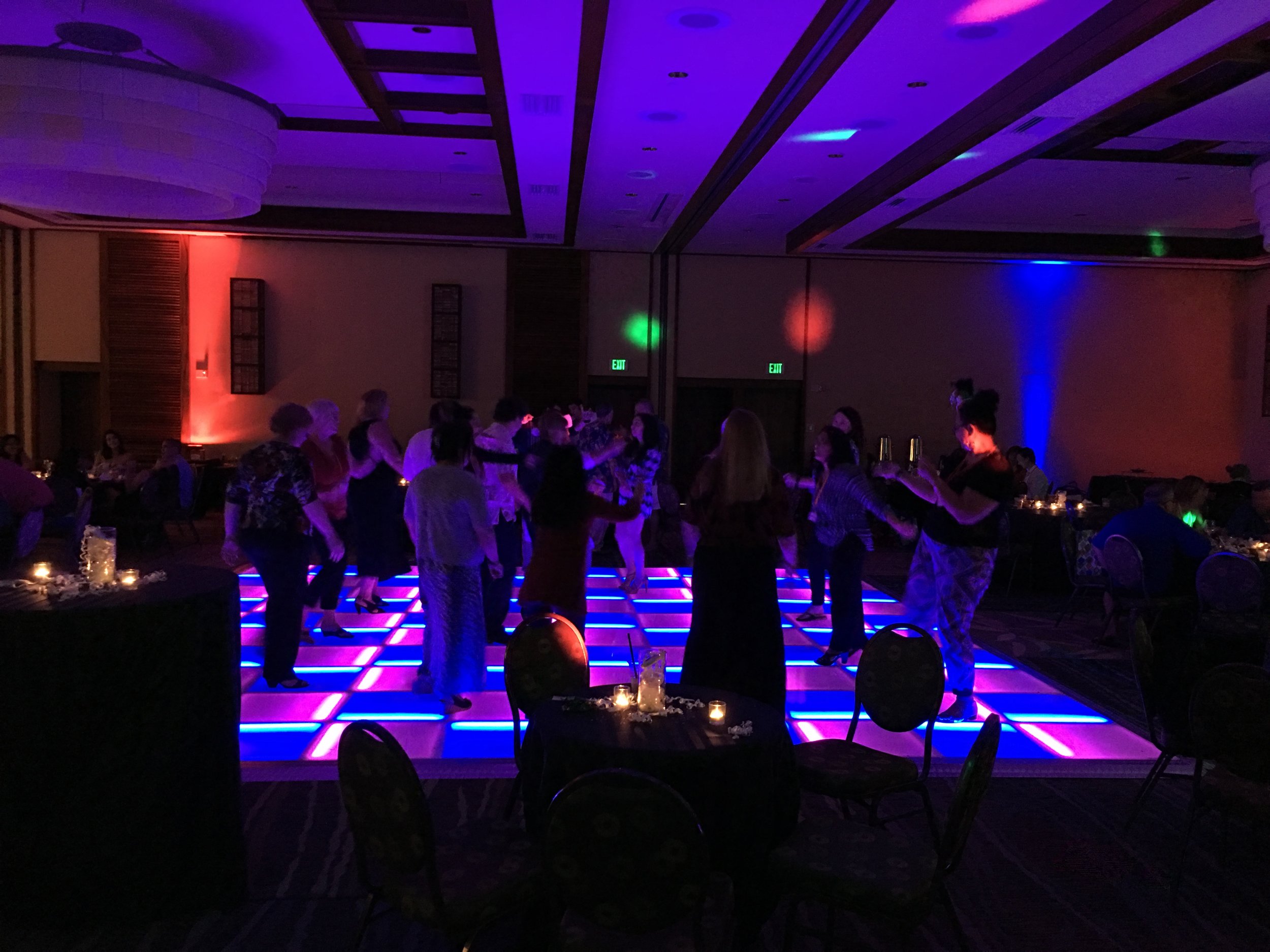Brightening Innovation Through Hue Theory within LED Dancing Floor Layouts
Brightening Innovation Through Hue Theory within LED Dancing Floor Layouts
Blog Article
Color concept is an crucial aspect of design, especially when it relates to designing LED dancing surfaces. The interaction of hues can significantly influence the atmosphere and energy of a space. Through understanding how hues function together, designers can create an ambiance that improves the total experience for participants. This article explores the fundamentals of color theory and its application in light-emitting diode dance floor designs.
The main colors are crimson, azure, and golden. These hues cannot be be made by blending different hues together. Intermediate colors, such as green, orange, and purple, are formed by combining primary hues. Tertiary colors are created by mixing a primary color with a secondary color. Understanding these fundamental connections helps designers select colors that complement one another and create a visually appealing display. Combining these colors on an LED dance floor can lead to dynamic and exciting outcomes that attract the focus of participants.
Color value also holds a key role in aesthetics. Hues can be classified as hot or chill. Warm colors, such as red, go orange, and golden, often to evoke feelings of excitement and warmth. In opposition, chill hues like azure, emerald, and violet typically create a serene and tranquil atmosphere. Designers can use these color values to establish the mood for various kinds of events. For example, a celebration environment may gain from hot colors that energize the crowd, while a more calm occasion might employ chill hues to offer a calming effect.
In addition to hue combinations and temperature, brightness and intensity are vital elements to consider. Luminosity denotes to how bright or dark a color appears, while saturation measures the vividness of a hue. Vivid, saturated colors can create a lively and energetic atmosphere, perfect for dance floors. On the other hand, gentler, lower saturated colors can generate a more subdued atmosphere. By adjusting luminosity and intensity, designers can draw focus to particular sections of the dancing surface or create visual pathways, guiding dancers through the space.
Finally, it is crucial to consider the emotional impacts of hue in LED dancing floor layouts. Various hues can elicit different emotions and reactions. For example, red is frequently associated with passion and vitality, while azure can be soothing and peaceful. Grasping these associations allows creators to tactically apply colors to influence the actions of participants. By incorporating hue theory into light-emitting diode go to the website dance floor layouts, designers can improve the total experience, making it memorable and pleasurable for all involved.